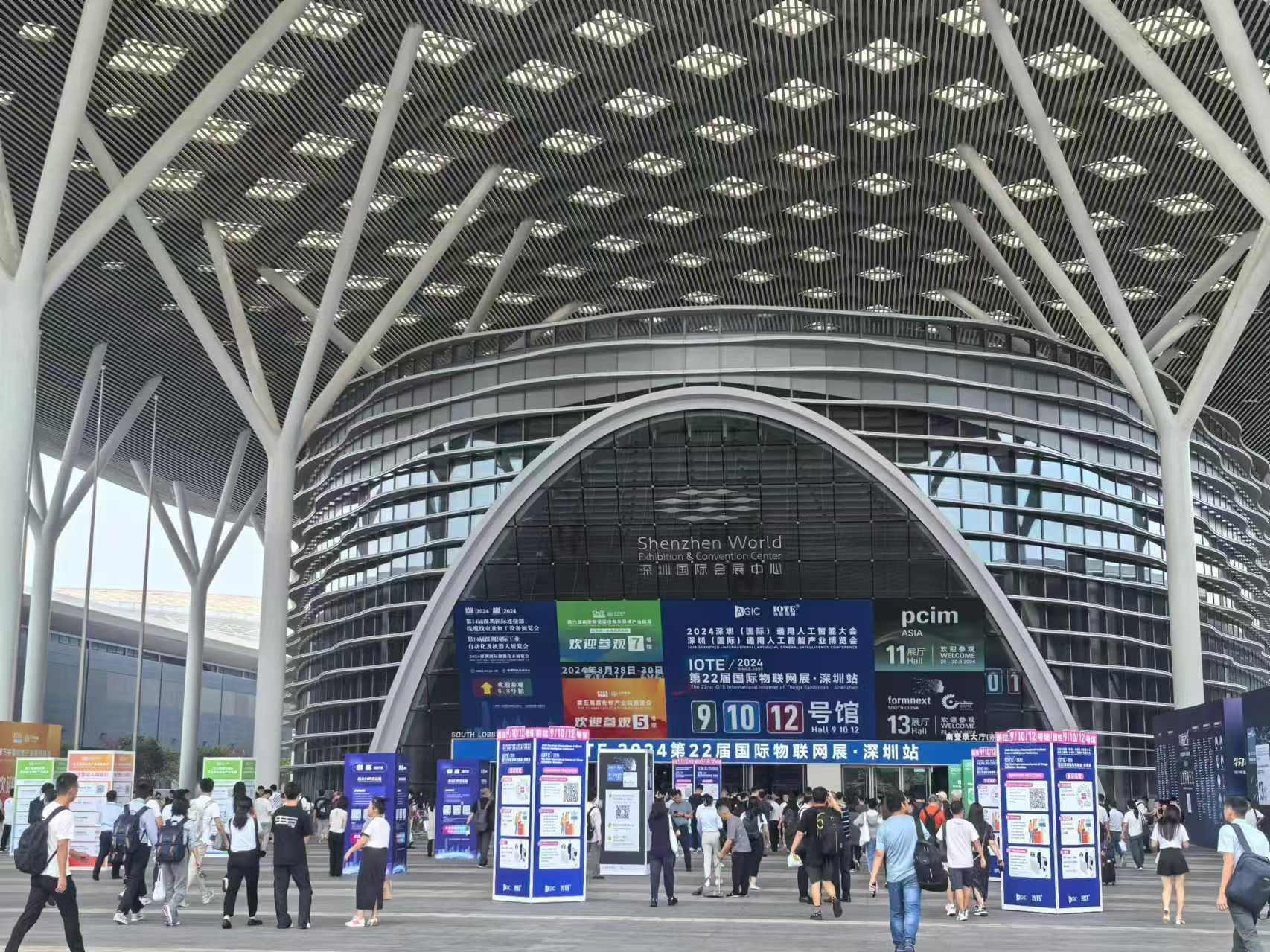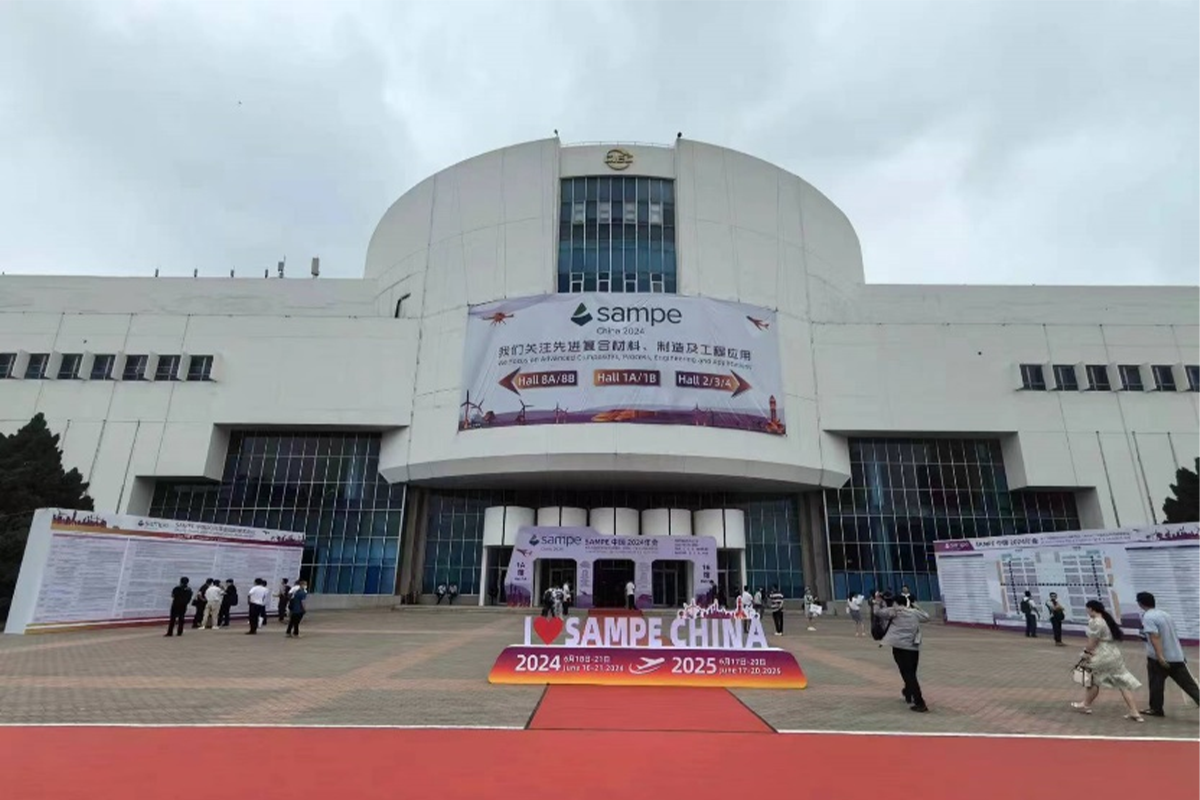
The influence of the speed and temperature of the three roller shaft on grinding
2024-07-29 16:43:07The influence of two key factors, speed and temperature, on the grinding material during the three roll grinding process. Through a series of experiments and data analysis, it was revealed how changes in speed and temperature alter the particle size distribution, surface morphology, physical and chemical properties of grinding materials. The research results have important guiding significance for optimizing the three roll grinding process and improving the quality and performance of grinding materials.
Three roll grinding, as a common material grinding method, has been widely used in many fields such as chemical engineering, coatings, electronic slurries, electronics, biology, inks, adhesives, etc. In the three roll grinding process, grinding speed and temperature are two important parameters that can significantly affect the grinding effect. Reasonable control of these two parameters is crucial for achieving ideal grinding material performance.
1、 The impact of speed
1. The speed of three roll grinding directly affects the efficiency and effectiveness of grinding. The faster the speed of the three roll grinding machine, the faster the discharge and the higher the efficiency. However, excessive speed may cause the material to experience excessive shear forces between the rollers, damaging its structure and affecting its performance. For example, certain polymer materials may degrade due to excessive shear, reducing their molecular weight and usability.
2. On the contrary, when the grinding speed is slow:
The longer the material stays between the rollers, it helps to grind more thoroughly and improve the accuracy of grinding. For example, in the preparation of electronic materials, a slower grinding speed is usually used to obtain high-purity and uniformly sized materials.
However, if the speed is too slow, it will reduce production efficiency and increase costs. Therefore, a three roll machine grinding process should be developed based on the material characteristics.
(1) The influence of speed on grinding materials
1. Particle size distribution
As the grinding speed increases, the particle size of the grinding material gradually decreases. During low-speed grinding, the crushing and refining effects of the material are relatively weak, and the particle size distribution is wide; Under high-speed grinding, strong shear and impact forces cause the material to quickly grind and disperse, resulting in a more concentrated particle size distribution and a significant increase in the proportion of fine particles.
For example, for a certain pigment material, after low-speed (100 rpm) grinding, its average particle size is 10 μ m, and the particle size distribution range is 5-20 μ m; After high-speed (500 rpm) grinding, the average particle size decreases to 2 μ m, and the particle size distribution range shrinks to 1-5 μ m, requiring a faster speed difference shear force.
(2)Surface morphology
High speed grinding can make the surface of materials smoother and smoother, reducing roughness. This is due to the strong friction and impact at high speeds, which remove the protrusions and edges on the surface of the material, depending on the material properties
2、 The Effect of Temperature on Grinding Materials
1. Physical and chemical properties
An increase in temperature can cause changes in the physical and chemical properties of the grinding material. At high temperatures, some materials may undergo phase transitions, oxidation, or decomposition reactions, which can affect their performance.
For example, some organic pigments are prone to thermal decomposition during high-temperature grinding, resulting in lighter colors and decreased chemical stability.
Some composite materials with high viscosity require heating on a three roll machine to reduce material viscosity, increase flowability, and help with material grinding and dispersion.
Viscosity and fluidity
An increase in temperature usually reduces the viscosity of the grinding material, improves its flowability, and is beneficial for the uniform distribution and grinding of the material between the three rollers. The viscosity of the material increases, the grinding resistance increases, but it helps to maintain the stability of the material. For example, in the grinding of certain drug formulations, excessive temperature may cause the material to evaporate or deteriorate.
Taking coatings as an example, at low temperatures, the viscosity of coatings is high, the flowability is poor, and the grinding effect is not good; At appropriate high temperatures, the viscosity decreases and the coating can come into contact with the three rollers more fully, resulting in more uniform particle dispersion after grinding.
However, excessively low temperatures may cause condensation and affect material properties
On the contrary, when the grinding speed is slow, some materials stay between the rollers for a longer time, which helps to grind more thoroughly and improve the accuracy of grinding. For example, in the preparation of electronic materials, due to the characteristics of the material, in order to obtain high-purity and uniformly sized materials, a slower grinding speed is usually used to ensure that the temperature has an impact on the material properties after the speed is fast. Some materials contain volatile solvents, which can reduce volatilization at low speeds.
When the temperature decreases:
1. The viscosity of the material increases, the grinding resistance increases, but it helps to maintain the stability of the material. For example, in the grinding of certain pharmaceutical preparations, low temperature can prevent the volatilization and deterioration of drug components.
2. However, excessively low temperatures may cause condensation and affect material properties
In summary, reasonable control of speed and temperature is the key to obtaining high-quality grinding materials during the three roll grinding process. It is necessary to find the most suitable speed and temperature parameters through repeated experimentation and optimization based on different material characteristics and processing requirements, in order to achieve the best grinding effect.
News
 2024-02-29 15:58:05
2024-02-29 15:58:05
Innovative research and development concepts and technologies have enabled our new products to stand out in the same industry
 2024-09-09 09:11:35
2024-09-09 09:11:35
CMPE 2024 WINNWE MTR-65EP Three roll Machine Shocking Attack
 2024-07-10 08:47:14
2024-07-10 08:47:14
WINNER's full series of intelligent three roll machines debut in SNEC 2024
 2024-07-10 08:59:06
2024-07-10 08:59:06
SAMPE China 2024, WINNER Intelligence Helps Aviation Composite Industry



